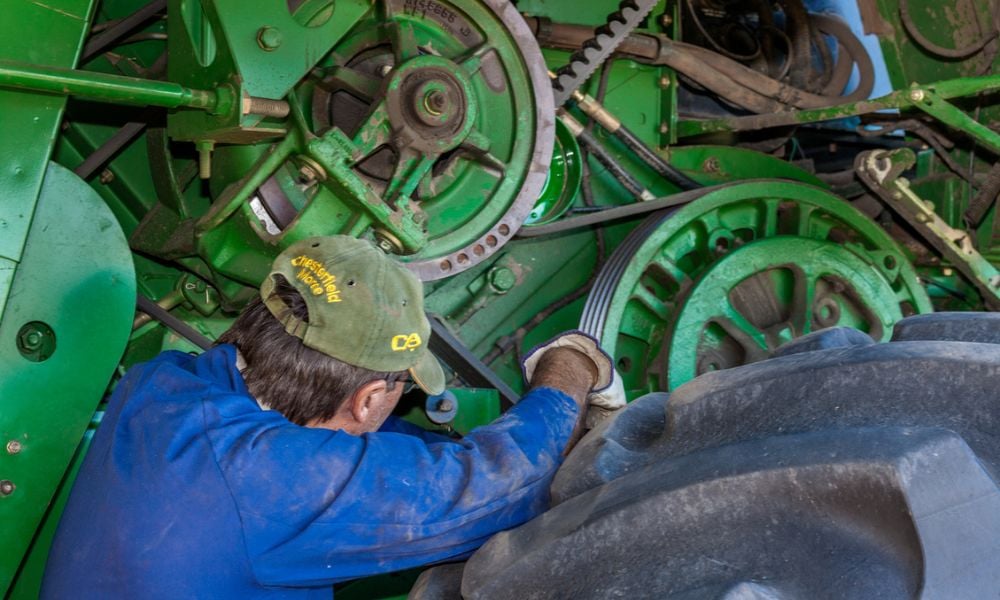Green Book 101: Dynamic sector must guard against a range of potential accidents

The farming sector came under Ontario’s Occupational Health and Safety Act (OHSA) in 2006. Like all employers under OHSA, farming employers have a duty to protect their workers – this applies to all farming operations which have paid workers.
The employer must take every precaution reasonable in the circumstances to protect the health and safety of a worker. Nevertheless, OHSA is applied in the agricultural sector with some limitations. As opposed to the province’s other industries, there are very few prescriptive regulations for farming employers.
The sector is not under the province’s industrial regulations, except in a few cases including reporting of an incident, requirements for health and safety representatives and noise regulations (these apply to all workplaces in Ontario). Instead, employers have a series of guidelines which they can follow for certain hazardous activities.
These guidelines recognize that there are some regulations that would be difficult to implement in agriculture (working at heights for example), says Peter Sykanda, Farm Policy Analyst, Ontario Federation of Agriculture – a non-governmental organization which advocates on behalf of Ontario’s farmers (the organization has around 38,000 members). Sykanda is also a Board member of the Canadian Agricultural Safety Association.
“So you still have the responsibility to protect the health and safety of a worker,” says Sykanda, “but how you as an employer choose to do that can be a little more flexible.” This system recognizes that need for flexibility in the agricultural sector to protect workers, because it’s such a dynamic sector with lots of different moving parts.
The guidelines laid out should help employers recognize hazards on farms and what responsibilities they do have under OHSA. The guidelines cover topics such as tractors, large animal handling, personal protective equipment (PPE), lockout procedures and even occupational illnesses.
The farming guidelines were jointly developed by Workplace Safety and Prevention Services (WSPS), representatives from the farming community, the Ministry of Agriculture, Food and Rural Affairs, and the Ministry of Labour, Training and Skills Development.
There are a range of accidents that occur within the farming sector, from machinery-related injuries to hazards around dealing with livestock (such as injuries from working with large animals). “It can certainly range significantly,” says Sykanda. There are also issues similar to other sectors, such as working at heights or confined space hazards.
This system was embraced by the sector, and when it came under the Act, a Technical Advisory Committee was formed by the Ministry of Labour and a number of groups that represent employers. The Committee serves to bring issues from the sector to the Ministry to open discussion around health and safety issues, and solve them.
Though this whole system broadly works well for the sector, when an accident occurs for example, there is typically no specific regulation where farmers are charged. Usually the employer is broadly charged under the failure to protect the health and safety of workers. In addition, Sykanda says that it can be a challenge sometimes for employers – especially smaller employers – who may not have the resources to develop and health and safety plan.





